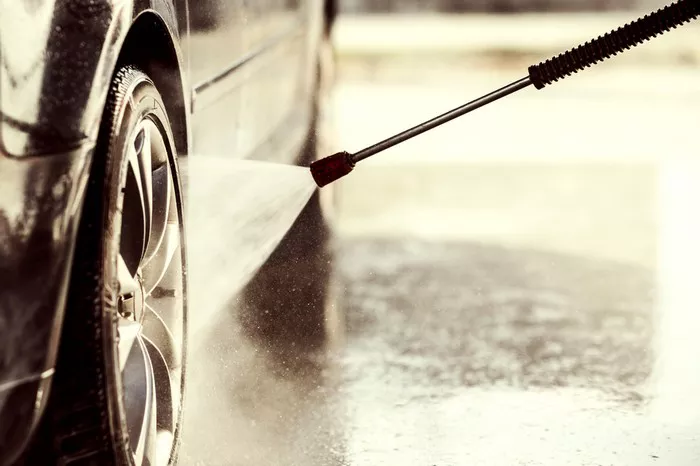In the pursuit of keeping vehicles clean and pristine, many car owners turn to high-pressure water systems. These systems offer convenience and efficiency in removing dirt, grime, and other contaminants from the surface of cars. However, there is a concern among car enthusiasts and owners alike about whether high-pressure water can potentially damage car paint. In this guide, we’ll delve into the science behind high-pressure water, its effects on car paint, and provide practical tips on how to mitigate any potential risks.
Understanding High-Pressure Water Systems
High-pressure water systems utilize powerful jets of water to dislodge and remove dirt and debris from various surfaces. These systems typically operate at pressures ranging from 1,000 to 3,000 pounds per square inch (psi) or even higher. The force generated by these jets can effectively clean surfaces, including car exteriors, with relative ease.
The Potential Risks to Car Paint
While high-pressure water systems are effective at cleaning, they also pose certain risks to car paint. These risks include:
1. Paint Damage:
High-pressure water jets can strip away layers of paint if the pressure is too high or if the nozzle is held too close to the surface of the car. This can result in unsightly paint chips, scratches, or even peeling.
2. Water Intrusion:
Intense water pressure can force water into gaps and crevices in the car’s exterior, such as around windows, doors, and trim. This water intrusion can lead to corrosion, rust formation, and other structural damage over time.
3. Surface Abrasion:
The force of high-pressure water can cause abrasive particles, such as sand and grit, to become airborne and impact the surface of the car. This can result in micro-scratches and dullness, diminishing the overall appearance of the paint.
Mitigating Risks and Best Practices
To minimize the potential damage caused by high-pressure water systems, follow these best practices:
1. Use the Correct Pressure and Nozzle:
Adjust the pressure settings on the water system to a safe level, typically below 2,000 psi, and use a nozzle specifically designed for car washing. Avoid using narrow or concentrated nozzles that can concentrate pressure on a small area.
2. Maintain a Safe Distance:
Keep the nozzle of the high-pressure water system at least 12 to 18 inches away from the surface of the car. Maintaining a safe distance helps distribute the water pressure evenly and reduces the risk of paint damage.
3. Pre-Rinse and Pre-Soak:
Before using the high-pressure water system, pre-rinse the car with a gentle stream of water to loosen dirt and debris. Additionally, consider pre-soaking the car with a pH-balanced car shampoo to further soften and lift stubborn contaminants.
4. Use Proper Technique:
When washing the car, move the nozzle in a sweeping motion rather than holding it stationary in one spot. This helps prevent concentrated pressure from damaging the paint and ensures thorough cleaning without excessive force.
5. Dry Thoroughly:
After washing, dry the car thoroughly with a soft, microfiber towel to remove excess water and prevent water spots. Pay special attention to areas where water may accumulate, such as crevices and seams.
Conclusion
While high-pressure water systems can be an effective tool for cleaning cars, they also carry certain risks to the paint and overall integrity of the vehicle. By understanding these risks and following best practices for safe usage, car owners can maintain the appearance and condition of their vehicles for years to come. Remember to adjust pressure settings, maintain a safe distance, pre-rinse and pre-soak, use proper technique, and dry thoroughly to minimize any potential damage.
FAQs
Q1: Can high-pressure water cause paint chips or scratches on my car?
A1: Yes, high-pressure water jets can strip away layers of paint if the pressure is too high or if the nozzle is held too close to the surface of the car. It’s essential to adjust the pressure settings and maintain a safe distance to prevent paint damage.
Q2: Will water intrusion from high-pressure washing lead to rust formation?
A1: Yes, intense water pressure can force water into gaps and crevices in the car’s exterior, potentially leading to corrosion and rust formation over time. It’s crucial to dry the car thoroughly after washing to prevent water from lingering in vulnerable areas.
Q3: How should I choose the right nozzle for high-pressure car washing?
A1: When selecting a nozzle for high-pressure car washing, opt for one specifically designed for automotive use with a wide spray pattern. Avoid narrow or concentrated nozzles that can concentrate pressure on a small area, increasing the risk of paint damage.

